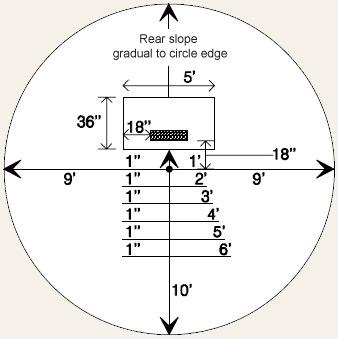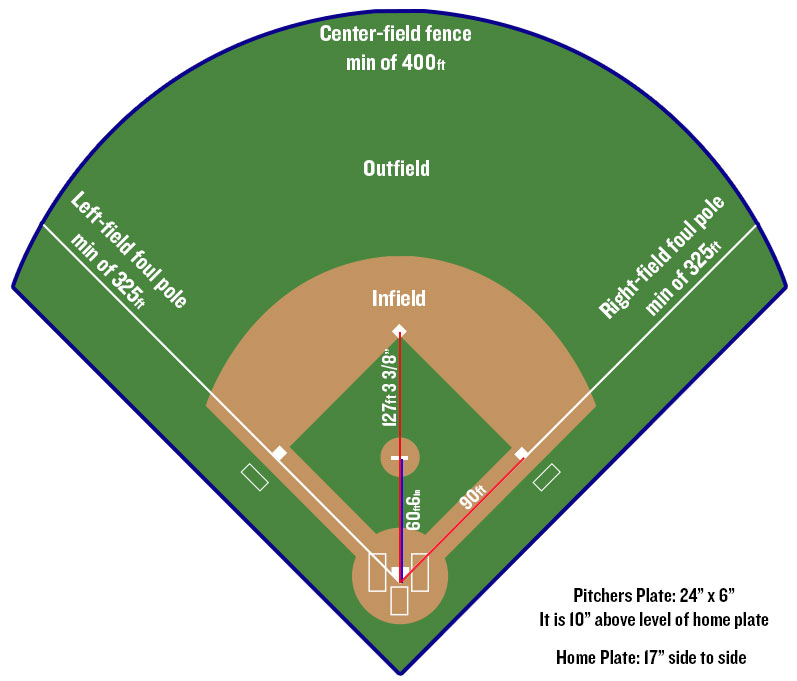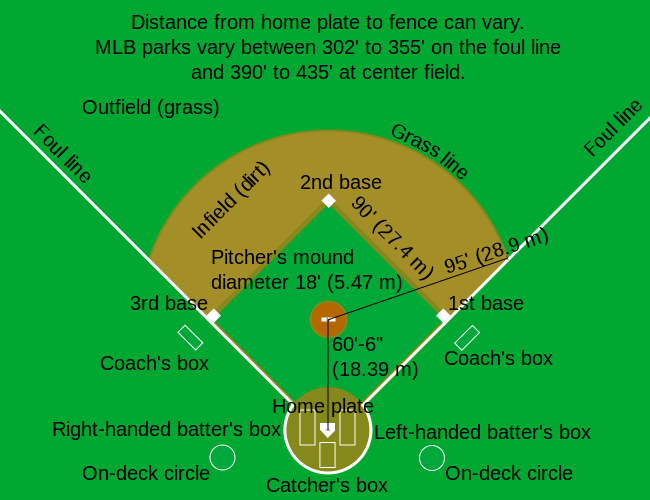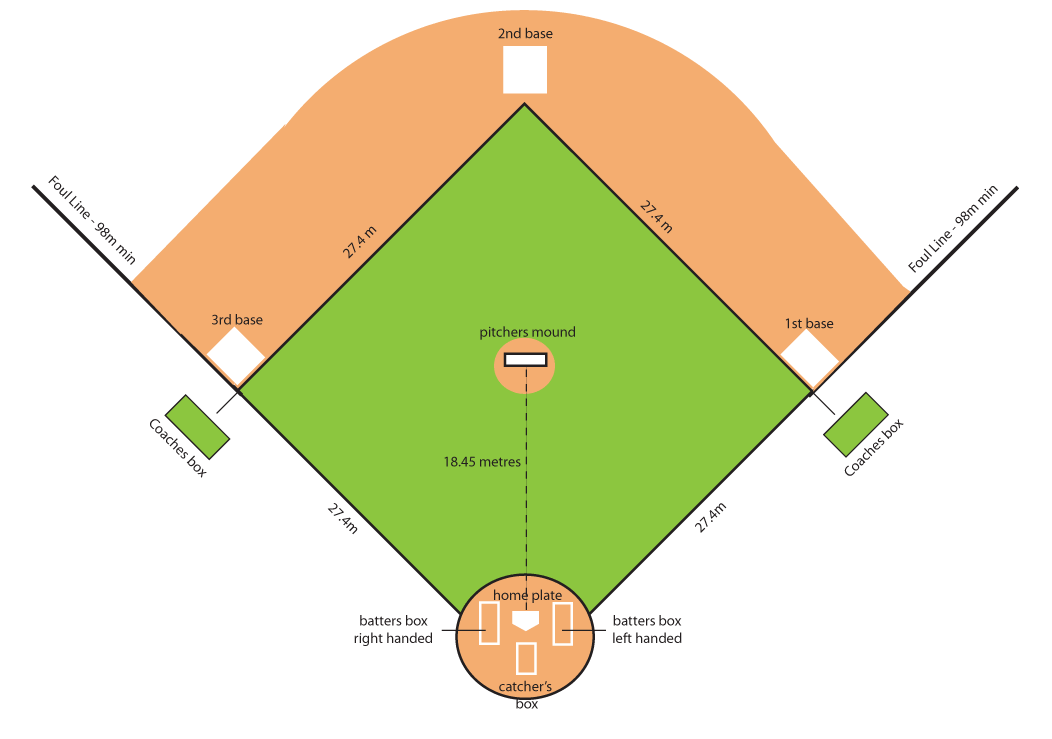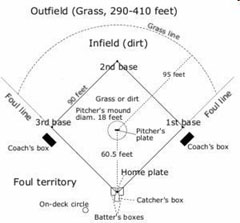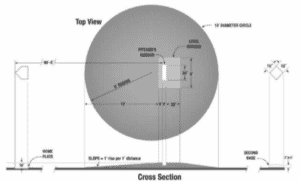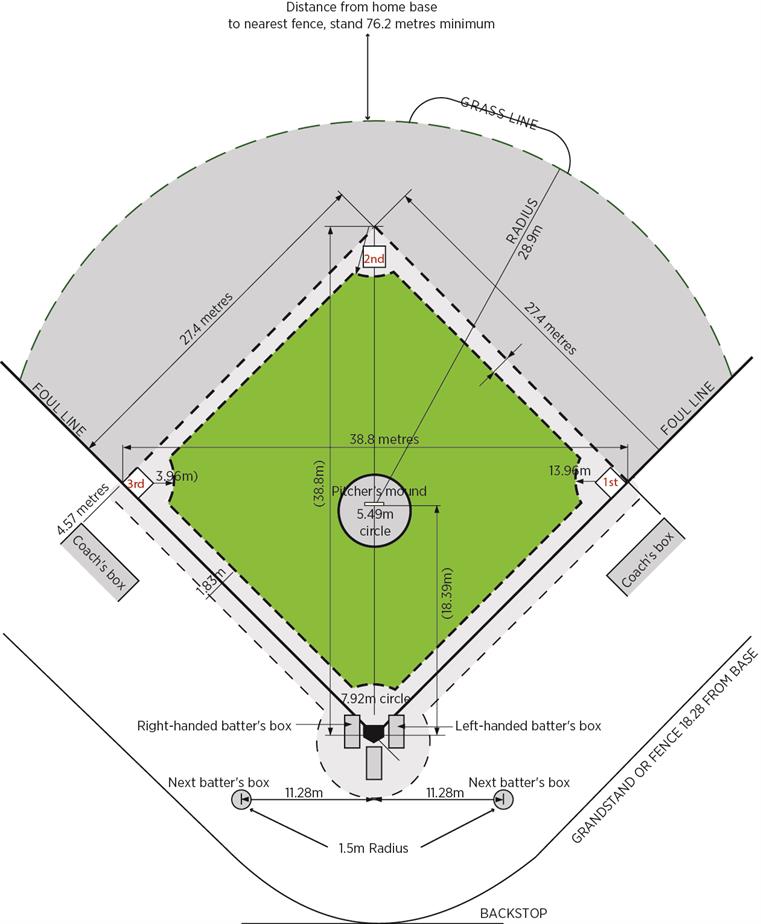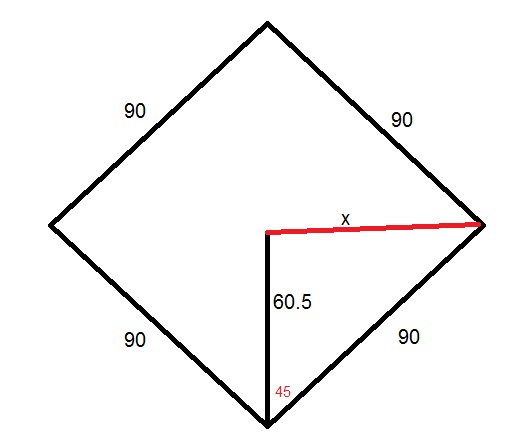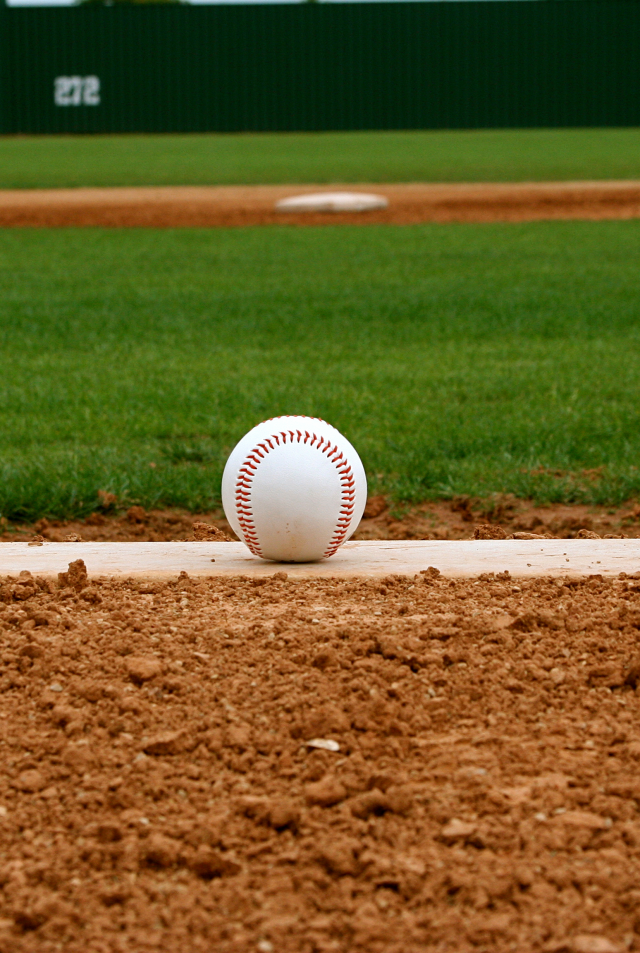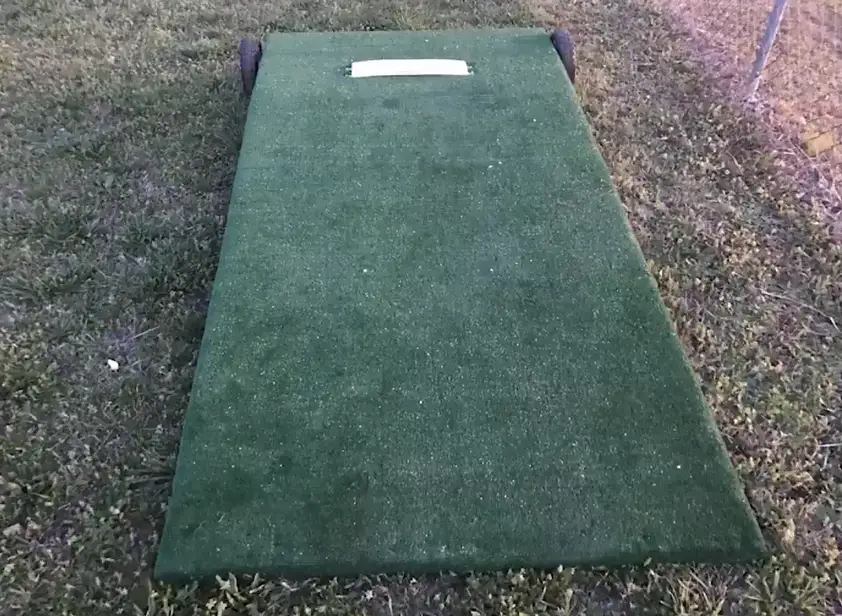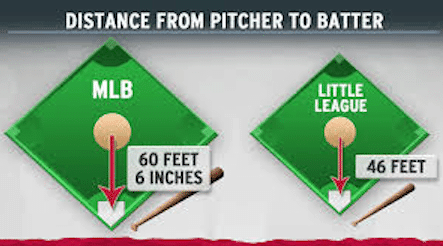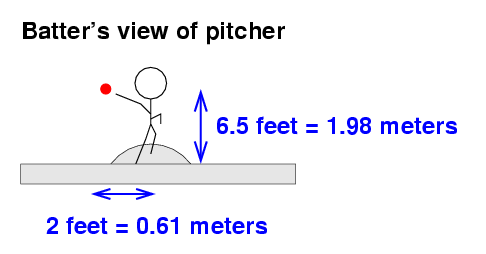Mlb Pitching Rubber Dimensions

Some sizes are prime eligible.
Mlb pitching rubber dimensions. Umpiring various age levels and leagues you are exposed to a variety of pitching dimensions. The pitching rubber or pitcher s plate is a flat rectangular slab made of whitened hard rubber or sometimes wood on top of the pitcher s mound which the pitcher must touch while beginning his motion to throw. That date with dimensions shorter than those specified. The official site of major league baseball.
The pitcher s plate must be a 24 inch by 6 inch slab of whitened rubber that is 10 inches. Schutt hollywood baseball pitching rubber for baseball and softball bases sets official bases of the mlb spike installed youth hllywdpt by schutt. What is the depth of a pitching rubber. Ever stood on a pitching mound and noticed the rubber was twisted.
A pitching rubber that is. The flat area on top of the mound is 5 feet by 34 inches. When a half inch becomes two feet. There are four categories of rules going into effect.
In major league baseball the pitcher s plate or pitching rubber is 24 inches long and 6 inches wide. Mlb rule 1 07 defines the dimensions of the pitcher. Free shipping on eligible orders. While most might think that it is not a big deal ask a pitcher a pitching coach or a trainer how even a minor twist can have major effects on a pitcher s mechanics.
Major league baseball made its rule changes for the 2020 season official on wednesday. The starting point for much of the action on the field is home plate officially home base which is a five sided slab of whitened rubber 17 inches 43 cm square with two of the corners removed so that one edge is 17 inches long two adjacent sides are 8 5 inches 22 cm and the remaining two sides are 12 inches 30 cm and set at an angle to make a point. The pitching rubber is 18 inches back from the center of the mound. Regulation dimensions those used in professional baseball college high school and most amateur leagues whose players are about 14 and older use a field composed of 90 foot base paths and a pitching distance of 60 6 from the front of the pitcher s plate to the point at the rear of home plate.
Most pitchers work from the center of the rubber using it to push off with their back foot to obtain additional velocity on their pitches. There are 4 key parameters that have to be right elevation distance levelness and square.
